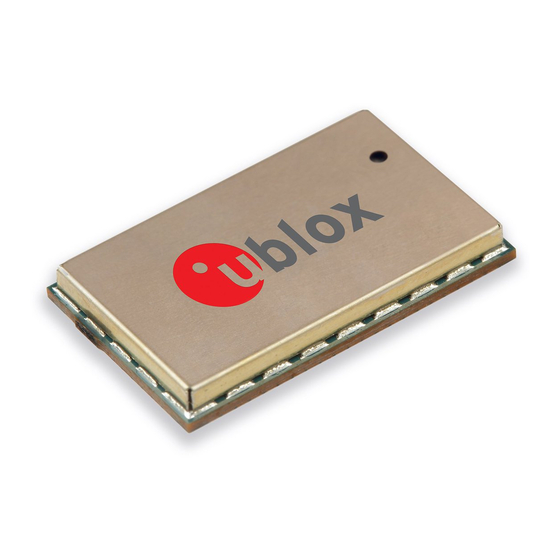
Table of Contents
Advertisement
Quick Links
SARA-R4 series
Size-optimized LTE Cat M1 / NB1 modules
System Integration Manual
Abstract
This document describes the features and the system integration of
SARA-R4 series cellular modules.
These modules are a complete, cost efficient and performance
optimized multi-band LTE Cat M1 / NB1 solution in the compact
SARA form factor.
www.u-blox.com
UBX-16029218 - R06
Advertisement
Table of Contents













Need help?
Do you have a question about the SARA-R4 Series and is the answer not in the manual?
Questions and answers